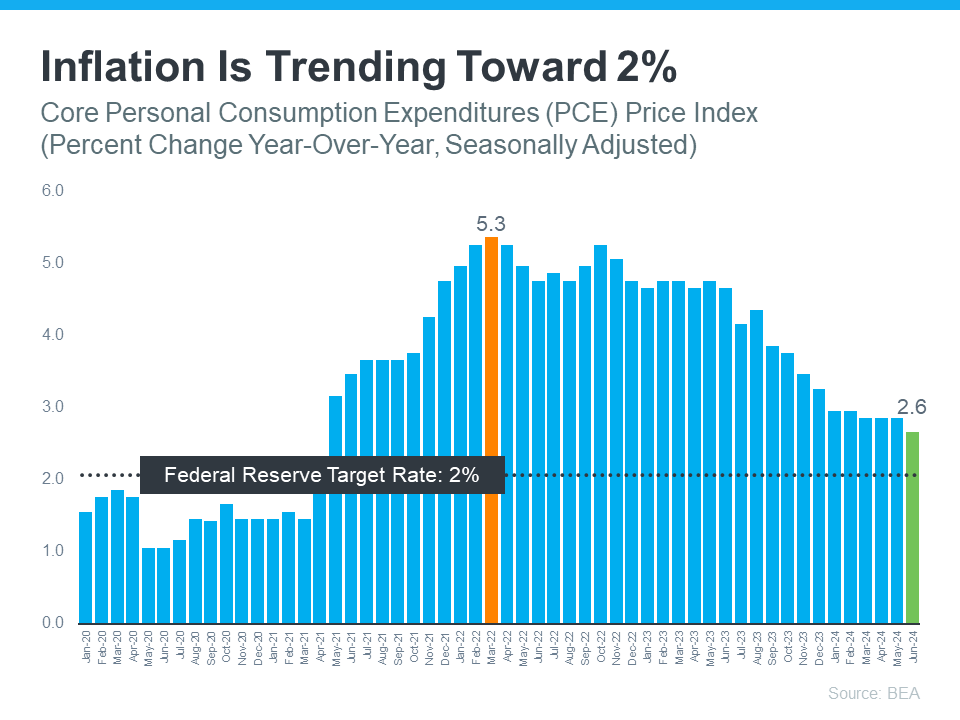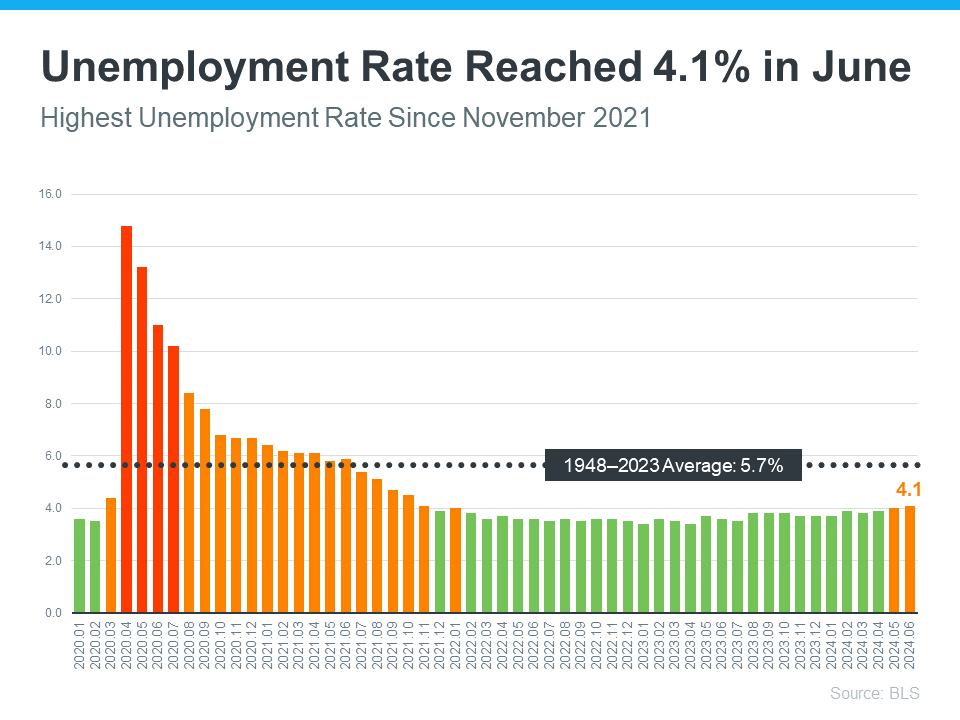
Homebuyers and homesellers are paying close attention to mortgage rates – and wondering what’s ahead.
One thing that can affect mortgage rates is the Federal Funds Rate, which influences how much it costs banks to borrow money from each other. While the Federal Reserve (the Fed) doesn’t directly control mortgage rates, they do control the Federal Funds Rate. That is the reason why people have been watching closely to see when the Fed might lower the Federal Funds Rate. Whenever they do, that’ll put downward pressure on mortgage rates.
Here’s the latest data on the three key metrics the Federal Reserve will consider during their upcoming meeting, and how these might influence mortgage rates:
1. The Rate of Inflation
Over the past year or two, you’ve likely heard a lot about inflation—and probably felt its impact whenever you’ve made a purchase. This is because high inflation causes prices to rise rapidly.
The Fed has stated its goal is to get the rate of inflation back down to 2%. Right now, it’s still higher than that, but moving in the right direction (see graph below):

2. How Many Jobs the Economy Is Adding
The Fed is closely monitoring monthly job creation as they seek consistent slowdowns in job growth before adjusting the Federal Funds Rate. A decrease in new jobs signals that the economy remains strong but is cooling, which aligns with their objectives. According to Inman:
“. . . the Bureau of Labor Statistics reported that employers added fewer jobs in April and May than previously thought and that hiring by private companies was sluggish in June.”
While employers are still hiring, the pace has slowed, indicating an economy that is gradually cooling after a period of overheating. This trend is encouraging for the Fed.
3. The Unemployment Rate
The unemployment rate represents the percentage of people who are actively seeking work but are unable to find jobs. A low unemployment rate indicates that many Americans are employed, which is generally positive. However, it can also contribute to higher inflation, as more people working leads to increased spending, which drives up prices. Currently, the unemployment rate remains low but has been gradually rising over the past few months (see graph below):

While it may seem harsh, a consistently rising unemployment rate is a key factor the Fed needs to observe before deciding to cut the Federal Funds Rate. A higher unemployment rate would result in reduced spending, which in turn would help bring inflation back under control.
What Does This Mean Moving Forward?
Mortgage rates are expected to remain volatile in the coming days and months, but there are signs that the economy is moving in the direction the Fed aims for. Despite this, it’s unlikely that the Fed will cut the Federal Funds Rate in their meeting next week. Jerome Powell, Chair of the Federal Reserve, recently stated:
“We want to be more confident that inflation is moving sustainably down toward 2% before we start the process of reducing or loosening policy.”
In other words, while initial signs are promising, the Fed needs more data and time to ensure this trend is consistent. According to the CME FedWatch Tool, experts project a 96.1% chance that the Fed will lower the Federal Funds Rate at their September meeting, assuming the current direction continues.
It’s important to remember that the Fed doesn’t directly set mortgage rates, but when they decide to cut the Federal Funds Rate, mortgage rates generally follow suit. However, the timing of any Fed action could be influenced by new economic reports, global events, and other factors. Therefore, attempting to time the market is often not advisable.
Bottom Line
Recent economic data might suggest that there’s hope for a positive shift in mortgage rates. Let’s connect to ensure you have an expert to keep you informed about the latest trends and their implications for your situation.
